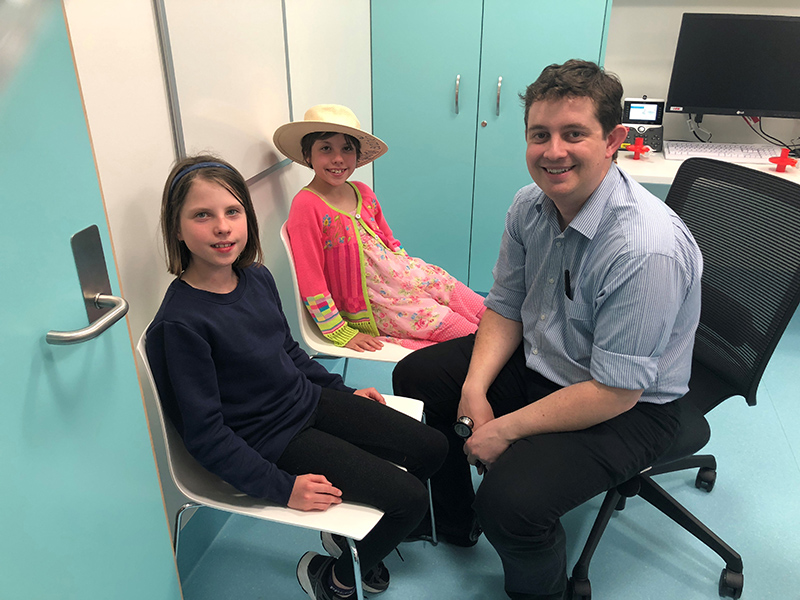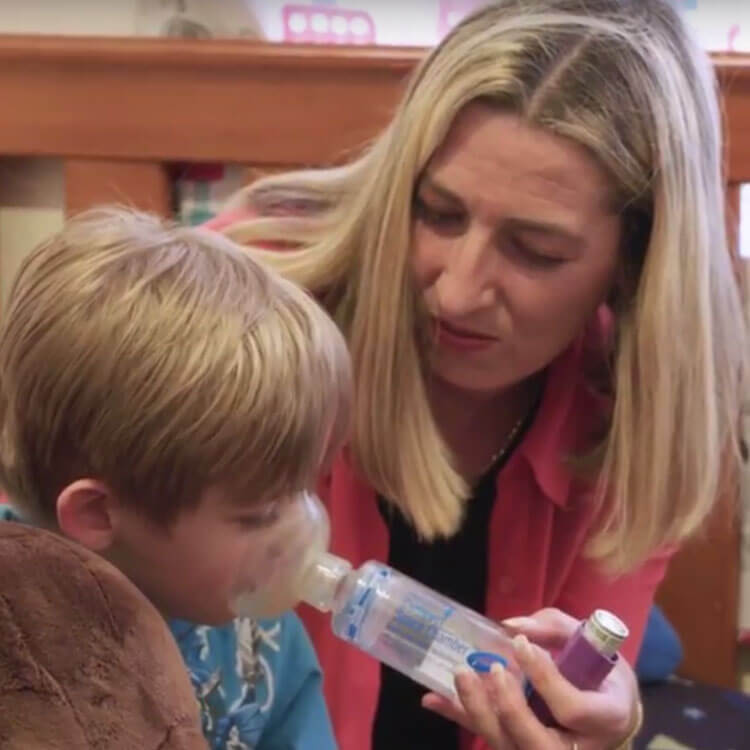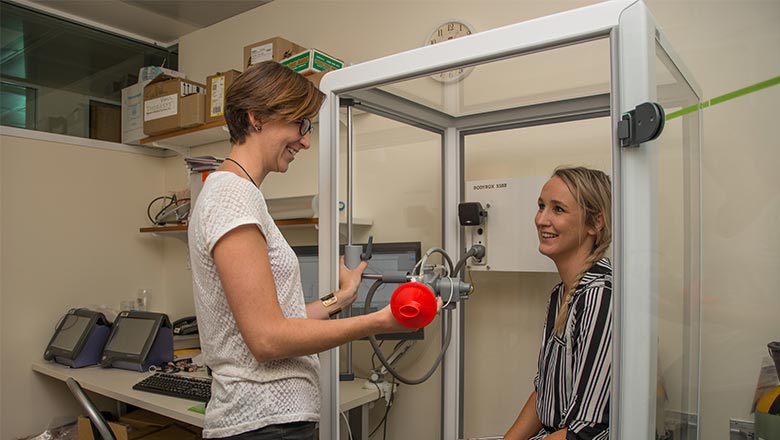Search

News & Events
My child is wheezing – what should I do?Almost 50 per cent of preschool children will experience at least one episode of wheeze, a whistling sound produced by the airways during breathing.

News & Events
Can a simple urine test predict asthma? New study aims to find outThe Kids Research Institute Australia researchers are investigating whether a simple urine test could predict whether young children with wheezing symptoms will go on to develop asthma.

News & Events
Annual Community Lecture: You Are What You BreatheJoin us for our Annual Community Lecture entitled "You Are What You Breathe" with Professor Stephen Holgate.

News & Events
Video: The burden of asthma - Michelle's storyMichelle has spent countless nights watching her son struggle to breathe. Our researchers are working to find better treatments for kids living with asthma.

News & Events
Video: The burden of asthma - Karen's storyThe Kids Research Institute Australia researchers are at the forefront of asthma research globally. Watch Karen's story to learn why it's so important.

News & Events
Researchers urge caution in how asthma test is usedResearchers are urging caution in the use of a widely accepted test for diagnosing asthma, after their study found it may not be accurate in some settings.
Research
Virus infection and allergy in the development of asthma: What is the connection?Information is accumulating which implicates airway inflammation resulting from respiratory viral infections, acting against a background of atopy.
Research
Risk factors for bronchial hyperresponsiveness in teenagers differ with sex and atopic statusSex-related differences in bronchial hyperresponsiveness (BHR) have been reported in adolescents, but the mechanisms remain obscure.
Research
Interaction between adaptive and innate immune pathways in the pathogenesis of atopic asthma: Operation of a lung/bone marrow axisAtopic asthma is the most common form of asthma, particularly during childhood, and in many cases it persists into adult life.
Research
Two newly identified cat allergens: The von Ebner gland protein Fel d 7 and the latherin-like protein Fel d 8Characterization of the complete IgE binding spectrum of cat allergens is important for the development of improved diagnosis and effective immunotherapeutics.
